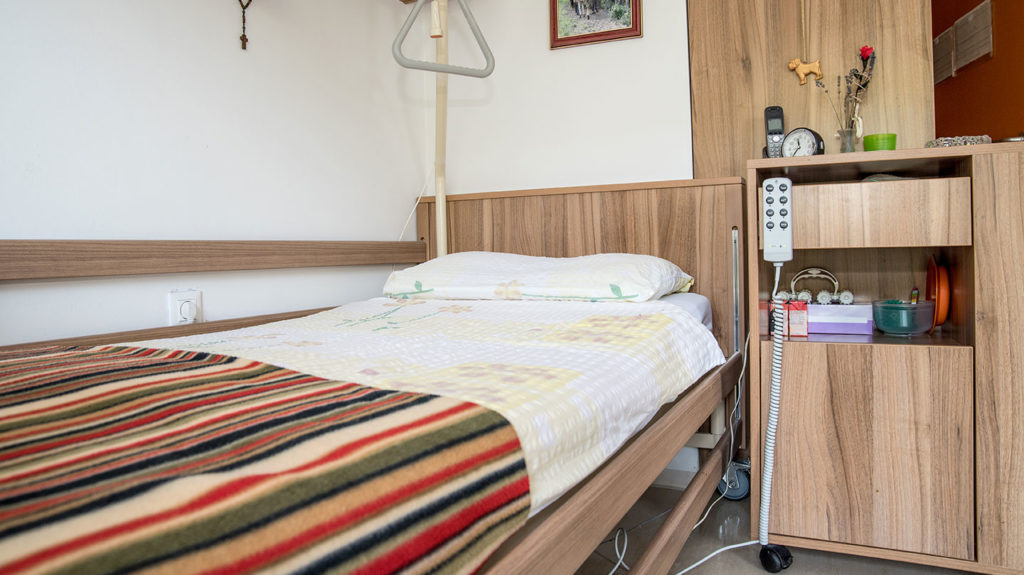
Nursing homes and other residential care facilities have already lost about 380,000 workers since the start of the COVID-19 pandemic in February 2020, and the shortages are expected to get even worse, according to the National Investment Center for Seniors Housing & Care.
A new NIC analysis on the labor crisis and the ripple effect it has created on skilled nursing operations predicts that staffing shortages likely haven’t hit their peak and, in fact, may get “much worse,” based on recent data, wrote authors Omar Zahraoui and Bill Kauffman.
The biggest shortages of staff reported by SNFs have been among aides and nursing staff, which also represent the largest share of all SNF workers. Facilities experiencing shortages of both groups have also reported higher per-resident rates of new COVID-19 infections and lower occupancy rates compared to SNFs reporting no shortages of nursing staff and aides.
NIC found that in December 2020, infection rates peaked at 4.76% on a four-week moving average for SNFs reporting shortages of hands-on essential workers, while SNFs that had no shortages reported an infection rate peak of 2.54%.
“This suggests that shortages of staff translate into lower staff-to-resident ratios and consequently increase ‘one-to-many’ interactions between available staff and residents,” wrote Zahraoui and Kauffman, a NIC data analyst and senior principal, respectively. “These ‘one-to-many’ interactions could lead to higher virus transmission among residents.”
There’s also a high turnover rate among aides and nursing staff, the analysis said. Federal data shows a lower labor force participation rate in general in the US economy, and that’s affecting this, according to NIC’s Chief Economist Beth Mace, who also worked on the analysis.
“So, the labor shortage is here, is going to be here for the foreseeable future,” she told McKnight’s on Friday. .
“For our industry in particular, it’s challenging since a lot of our workers are intimately involved with people,” she added. “It’s a human industry, person helping person. You can’t really substitute that with a machine. You can’t substitute that [a machine] with having human care.”
She suggested that industry stakeholders collectively help determine and figure out ways to bring staff back in a way that’s appealing to workers. For example, convincing them with benefits like flexible hours, bonuses and higher wages.
“There’s a lot of attention being given to that, so this isn’t anything new. What this blog shows is that we have room to go,” Mace said. “There are still shortages that are being cited and there are shortages that are bleeding over to the ability to do business and to expand business.”
For additional coverage, read the McKnight’s Business Daily.





